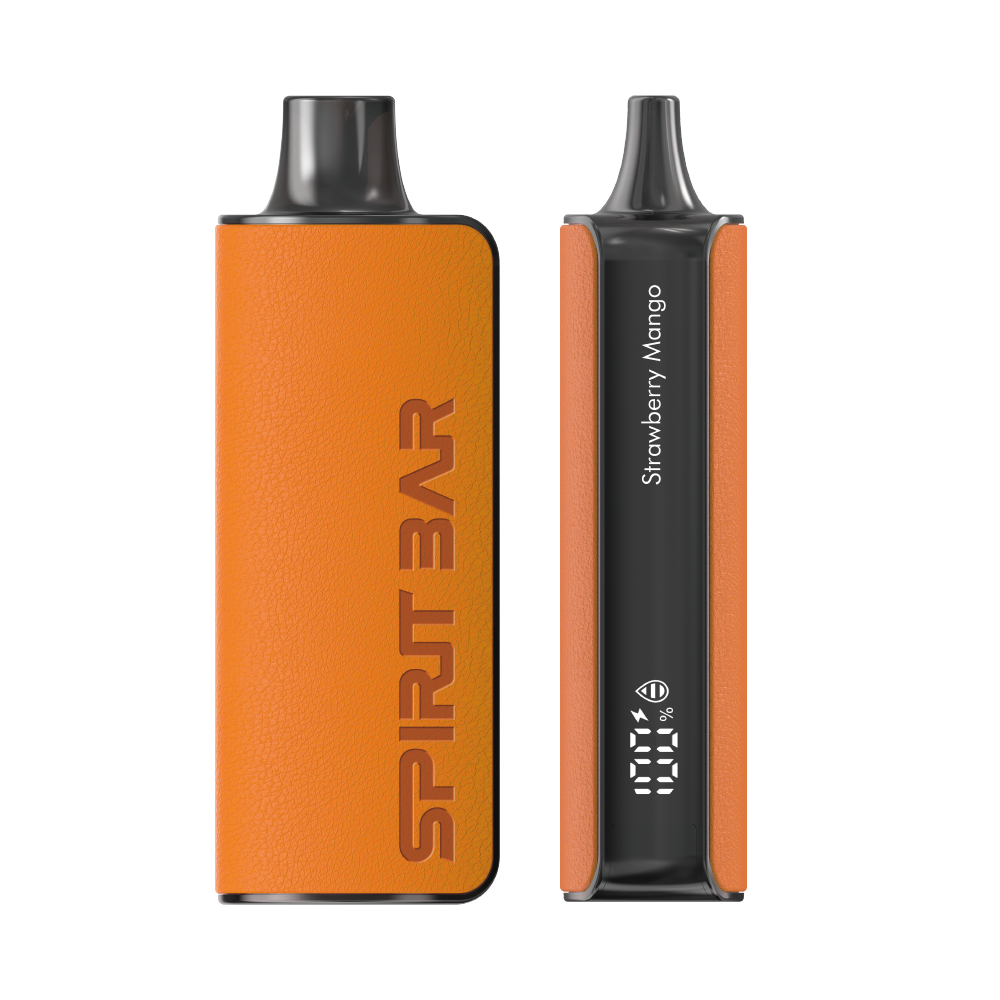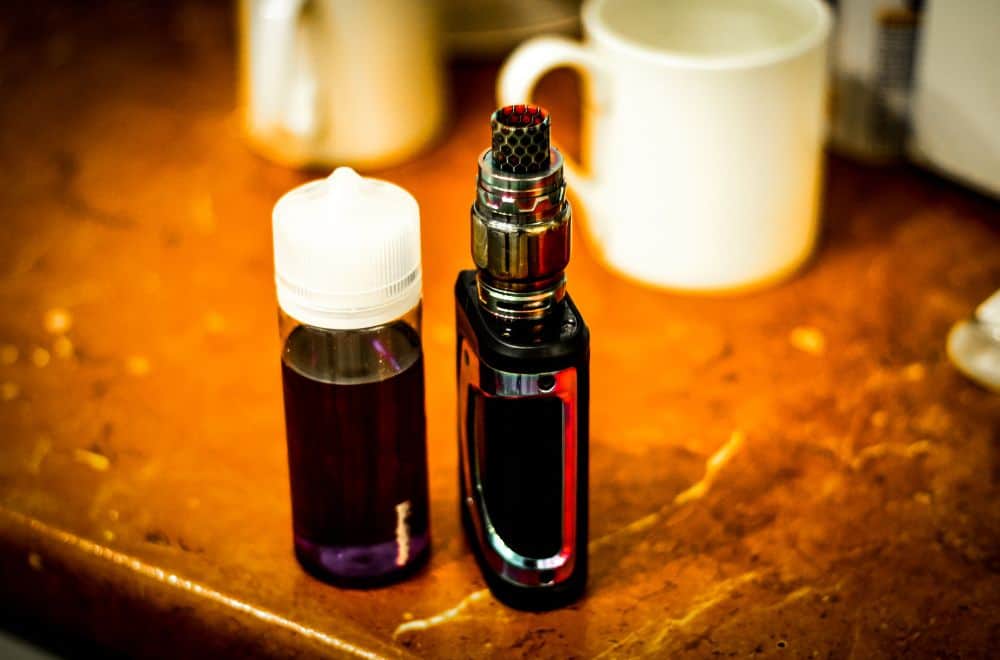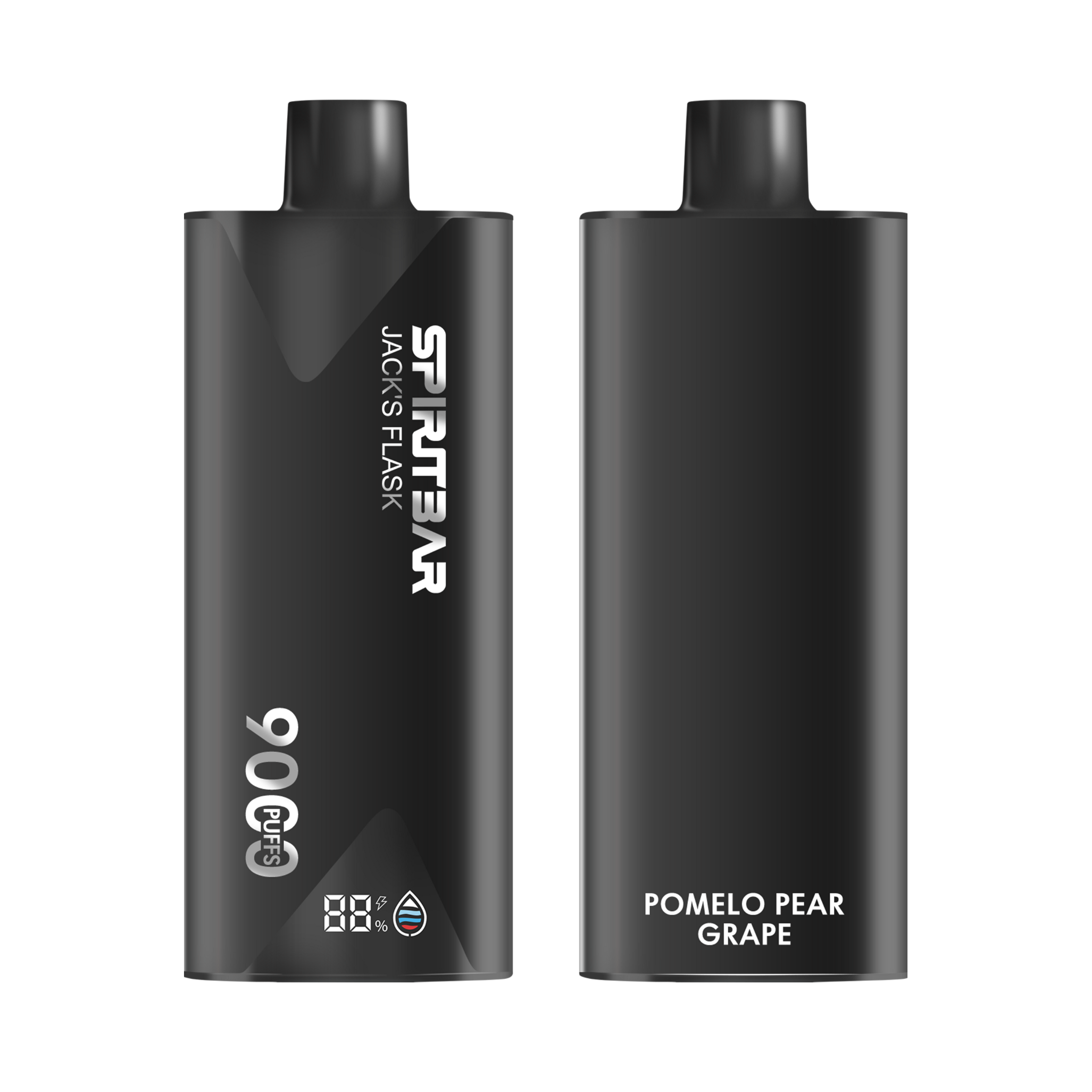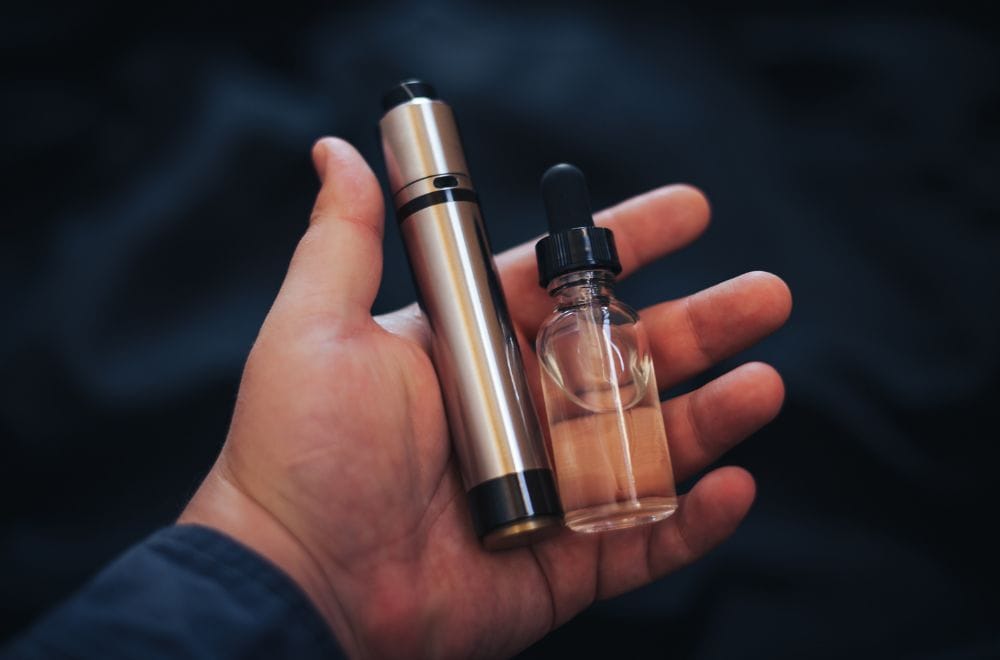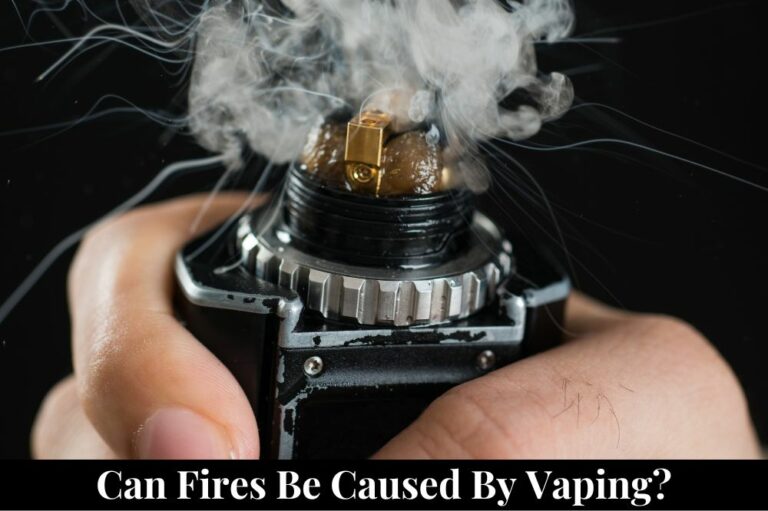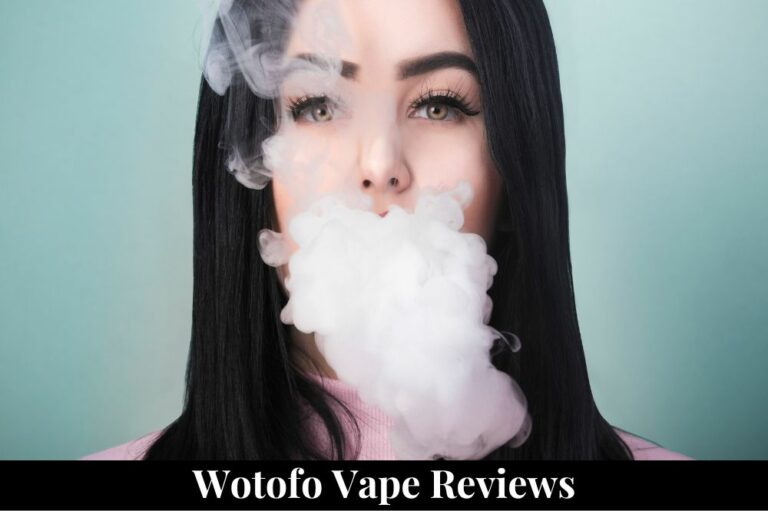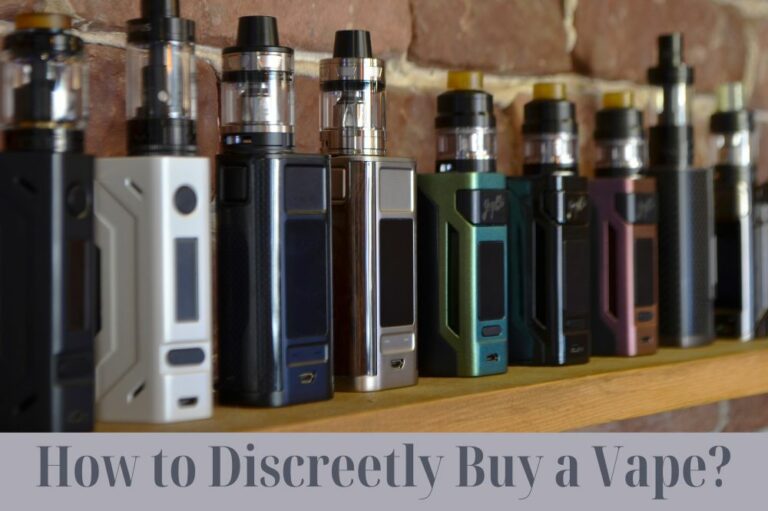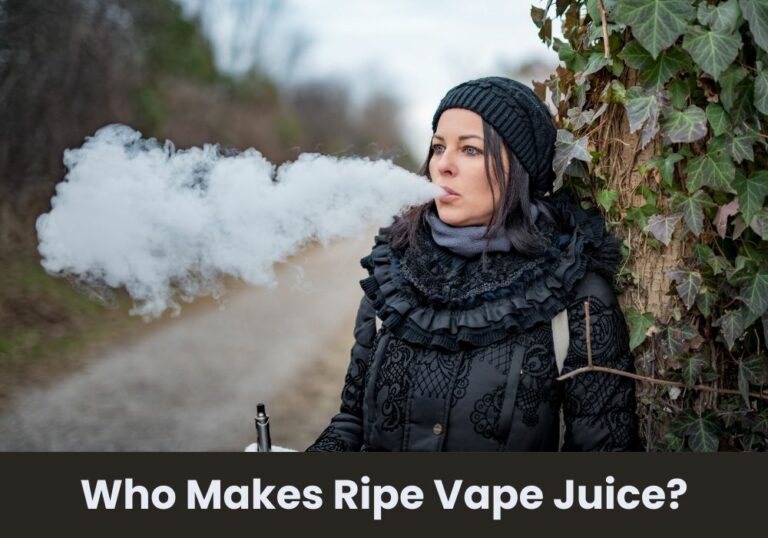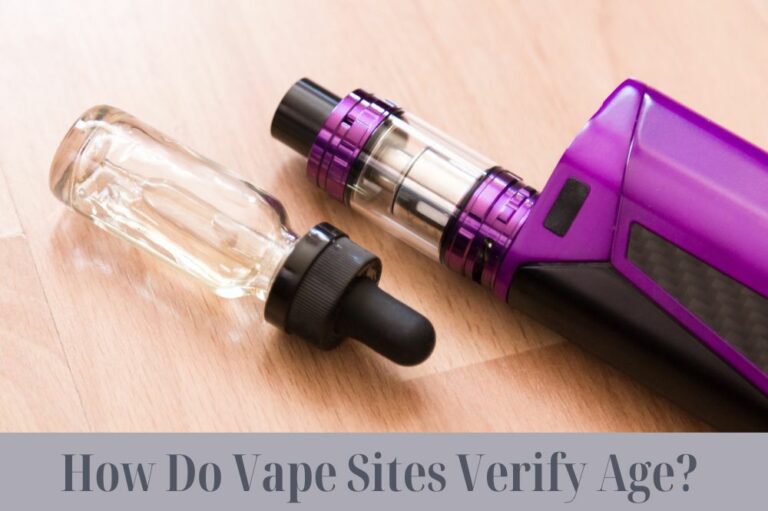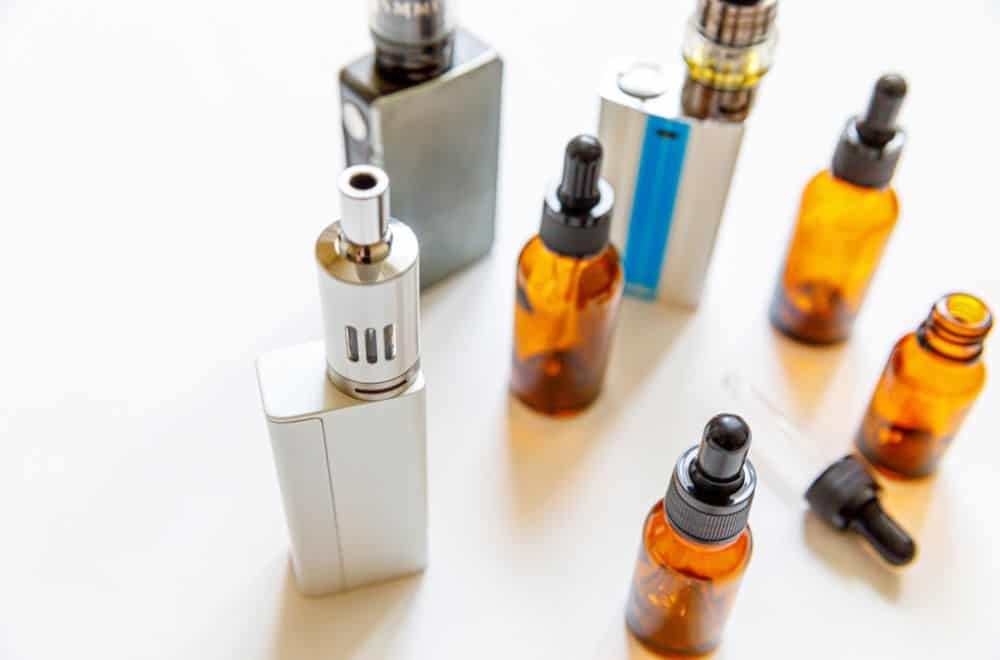
As anyone with more than just a passing interest in vaping will know, two of the main ingredients in pretty much any vape juice you can currently buy are PG and VG – they are considered industry standard ingredients and are almost universally used.
But is it possible to create vape juices without one or both of them? In his post, we discuss this question as we explain how to make vape juice without PG or VG.
What are PG and VG?
When you buy a modern commercial vape juice, it will almost invariably contain a blend of propylene glycol (PG) and vegetable glycerin (VG) along with flavorings and nicotine.
In fact, PG and VG are considered such important ingredients in vape juice that almost no commercial producers make vape juices without them.
But what are PG and VG? And why are they so important in vape juice? Let’s look at this now.
PG and VG are used in vape juice to make the liquid easier to vaporize, they are used to carry the flavor and nicotine in the vapor and they are also connected to the feel of the vape and the throat hit you experience.
To a certain extent, both PG and VG do all of these jobs, but generally speaking, PG is a thinning agent that is best for absorbing and carrying the flavorings in the vape juice. The PG content also determines how the throat hit will feel when you take a puff on your vape.
VG, on the other hand, is associated with producing a big and satisfying cloud of vapor.
So in short, both ingredients have sought-after properties for creating high-quality vape juice, and by varying their relative ratios, vape juice producers can create products that meet the needs of vapers with a wide range of preferences.
SPIRITBAR Katana BP10000
- Slender, leather-textured body reminiscent of a katana handle for an authentic samurai feel
- Unique samurai-inspired e-liquid flavor - fruity yet not too sweet, with a luxurious, elegant aroma
- Powerful 650mAh rechargeable battery for extended vaping time
- Large 18ml e-liquid capacity and 10,000 puff capacity
- Advanced mesh coil and e-liquid & power display screens for optimal vaping experience
The special juice captures the essence of the samurai spirit with its rich, smoothly pulsating flavor that brings new satisfaction with every puff. The device's slender, leather-textured design evokes the grip of a samurai's katana, making this product a perfect choice for beginner vapors.
Are PG or VG safe?
PG and VG are both considered relatively safe – and vaporizing and inhaling them is almost certainly far less bad for your health than inhaling traditional cigarette smoke.
For this reason, many smokers are switching to vaping, and there are many options for trying vaping without the need to invest the money in buying your own vape kit.
For example, the Spiritbar Katana 10000 is an excellent option for those looking for an introduction to the world of vaping as a way of giving up cigarettes.
Its sleek and stylish appearance is inspired by Japanese katana swords, and each disposable vape provides the user with 10,000 puffs, offering the perfect combination of convenience, comfort, performance and aesthetics.
Why would you want to make vape juice without PG or VG?
SPIRITBAR Jack’s Flask 9000 Puffs
- Stylish pirate flask-shaped body providing an exciting vaping experience
- Delivering up to 9000 puffs per device
- 20ml e-liquid capacity with 50mg nicotine strength for satisfying throat hit
- Specialized pirate-themed e-juice flavors for rich, swirling taste
- Premium mesh coil optimizes flavor profile for maximum vaping enjoyment
This disposable vape captures the daring spirit of the high seas with its flask styling and signature pirate e-juice flavors. The extraordinary battery life provides 9000 indulgent puffs for extended vaping pleasure. Live boldly and freely with the Jack's Flask - a legendary vaping experience fit for a pirate's adventures.
So if PG and VG are such fundamental and tried-and-tested ingredients of vape juice, why would you want to use anything else, either in a commercial juice or in your own DIY version?
There are a couple of reasons.
First, VG is naturally sweet, and for vapers who don’t like this overly sweet taste, reducing or even removing the VG content can be an attractive option.
PG, on the other hand, absorbs water, and as a result, excessive vaping of juices with a high PG content can lead to dry mouth, nose and eyes.
Furthermore, while both PG and VG are considered safe in foods, when they are heated to temperatures high enough to create vapor, it’s possible that they undergo chemical changes that might make them more toxic.
It’s thought that PG is probably more harmful than VG in this sense, but even VG is not 100% harmless when inhaled from a vape, and not enough research has yet been carried out to determine the long-term effects of vaping these compounds.
In addition, some people may have allergies or otherwise be sensitive to PG or VG, so in short, there are several reasons for wanting to explore other possibilities.
Some alternatives to the traditional PG/VG blend
Although PG and VG are considered essential elements in vape juice, there are several options you can use in their place.
It has to be said that while there is at least one known safe direct substitute for PG (PEG-400, see below), there is as yet no known safe direct substitute for VG.
However, vape enthusiasts have been experimenting with combinations of several ingredients to produce their own DIY vape juices, so let’s look at some of the most popular ideas now.
1. No-PG vape juice
If you want to make a vape juice with no PG, you can simply leave it out and make a vape juice with 100% VG instead.
Since PG is responsible for carrying the flavor and delivering the throat hit, a vape juice containing only VG would be much less flavorful and would have a very mild throat hit but would produce a big, thick cloud.
SPIRITBAR Katana BP10000
- Slender, leather-textured body reminiscent of a katana handle for an authentic samurai feel
- Unique samurai-inspired e-liquid flavor - fruity yet not too sweet, with a luxurious, elegant aroma
- Powerful 650mAh rechargeable battery for extended vaping time
- Large 18ml e-liquid capacity and 10,000 puff capacity
- Advanced mesh coil and e-liquid & power display screens for optimal vaping experience
The special juice captures the essence of the samurai spirit with its rich, smoothly pulsating flavor that brings new satisfaction with every puff. The device's slender, leather-textured design evokes the grip of a samurai's katana, making this product a perfect choice for beginner vapors.
You would still notice some flavor, but it would be much less intense, and if the flavor is important to you, you would need to find something to replace the PG to add more balance.
Also note that since VG is a thick and viscous liquid, you would need to dilute it with around 5-20% distilled water to be able to vape it.
Reducing the PG content in this way could be a good experiment to try for those who don’t like the feeling of a strong throat hit.
2. No-VG vape juice
While making a vape juice with no PG content could be feasible, making one with no VG in it is much rarer – but it can be done.
The effect would be to produce a vaping experience with plenty of flavor and a strong throat hit but with not much in the way of a vapor cloud.
This might be a good option for former cigarette smokers or those trying to quit – but the unbalanced experience this kind of juice would create highlights why commercial vape juice producers tend to rely on a blend of both PG and VG.
3. PEG-400
For those looking to avoid PG, the most promising alternative is polyethylene glycol 400 – or PEG-400 for short.
It is usually found in products such as pharmaceuticals, cosmetics and, increasingly, in cannabis vape products. PEG-400 has a low toxicity rating – although it is arguably more harmful than PG when vaped.
Some vapers will tell you that it produces a smoother experience than PG while others find it harsher.
Some believe it is also less effective than PG at carrying the flavors or providing a satisfying throat hit.
4. Terpenes
Most marijuana smokers or those who vape CBD or THC will probably know about terpenes due to their presence in weed – they are the organic compounds in marijuana that give it that distinctive weedy smell, and they combine with THC and CBD to alter or amplify their effects.
However, terpenes are also present in all other plants and can be used by plants either as defense mechanisms or as a way to attract insects or other animals.
Terpene oils can be used in vape juice, and they are becoming increasingly popular, especially as a thinning agent.
They have the advantage of being natural and organic, and terpene oils can be picked up from health food stores and aromatherapy shops.
5. Triacetin
Another increasingly popular ingredient in vape juice is triacetin, a viscous, colorless, odorless liquid that is more commonly encountered in fuel, food and pharmaceuticals.
In the vaping world, people are experimenting with adding triacetin as a flavor enhancer, and it can be used to replace both PG and VG to some extent.
On the plus side, triacetin is considered safe – but the major drawback is that is known to damage polycarbonate tanks.
6. PDO
PDO – or propanediol to give it its full name – is commonly found in products like cosmetics, cleansers and lotions.
It is derived from corn oil or other oils, and when used in vape juice, it is known to be effective at carrying nicotine as well as flavorings.
It is considered safe and doesn’t usually cause allergic reactions or a dry mouth. Some people are experimenting with including it in their vape juice as an alternative to PG.
7. MCT oil
Medium chain triglycerides – or MCT oil if you want something a bit easier to say – is a type of oil derived from coconuts, olives, sesame, soybeans, avocados or palm.
It’s often used in foods and drinks to improve the texture and feel and can also be included in vape juice as a substitute for PG and/or VG.
The main advantage of MCT oil is that it produces a satisfying vapor cloud and a pleasant mouthfeel when vaping. Since it has no odor or flavor of its own, it won’t interfere with whatever other flavorings you are using in the juice.
It is also thought to enhance the effects of cannabinoids and terpenes by helping the body absorb them, which is why in the world of vaping, it is most commonly found in CBD vape products.
That said, adventurous vape juice producers have also begun experimenting with incorporating it into their regular vape juice concoctions, so it’s another one to consider.
Several options to explore
As we’ve seen, there are several options to consider if, for some reason, you want to make vape juice without PG or VG.
However, these are currently the most commonly used ingredients for carrying nicotine and flavors as well as creating big vapor clouds and satisfying throat hits, and as a result, many people still prefer to stick with what they know.

